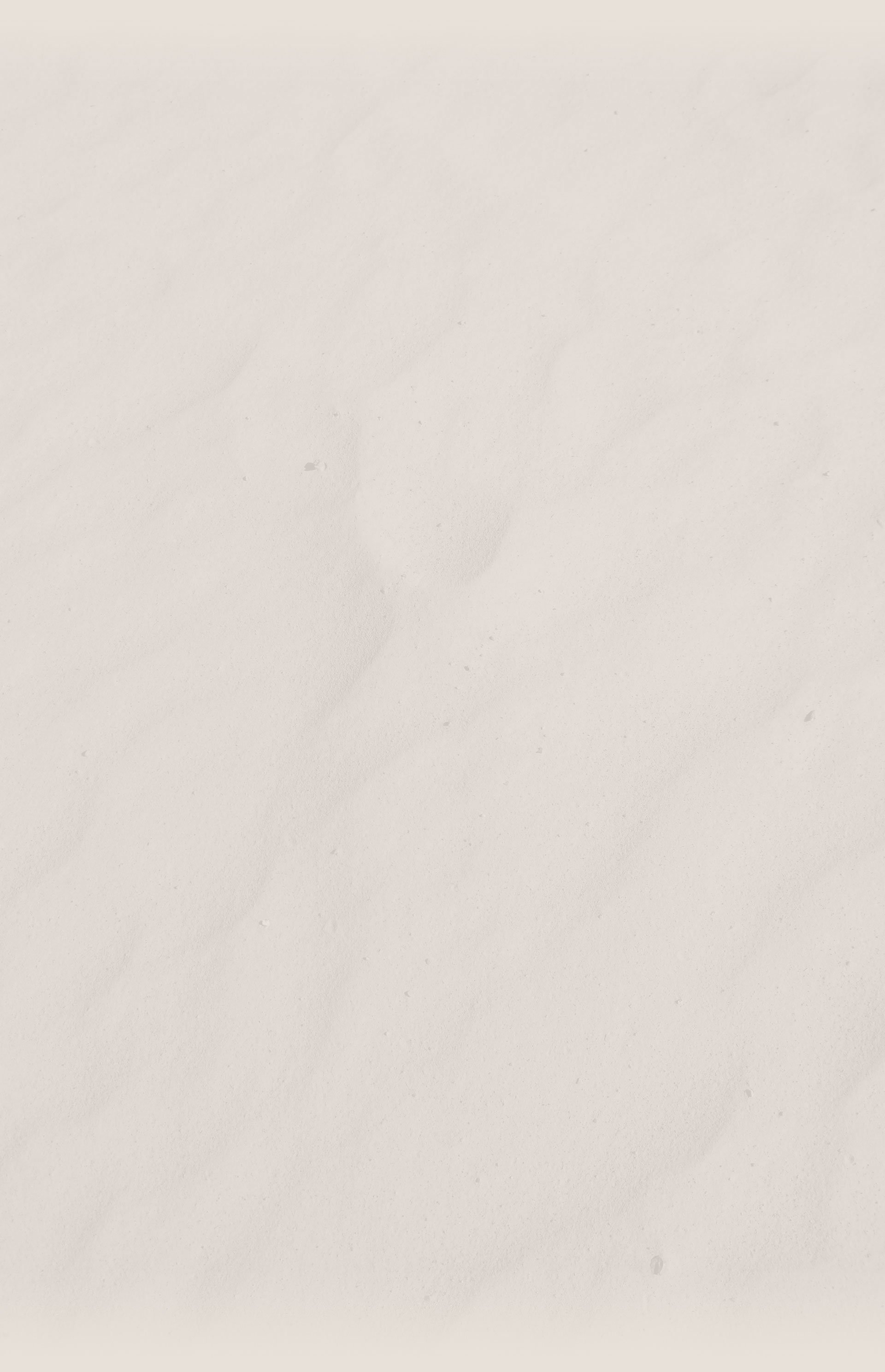
Cupping Therapy

In Traditional Chinese Medicine, cupping is believed to alleviate cold in the channels, disperse stagnation, and dispel wind-cold conditions.
From a modern perspective, cupping is utilized to enhance blood circulation, reduce inflammation and discomfort, aid in gastrointestinal issues, and manage lung ailments. By lifting and separating muscle tissue from the skeletal structure, cupping promotes these effects. In the United States, it is commonly applied to alleviate tight muscles, particularly in the upper back and shoulders. Persistent muscle tension can impede blood and lymphatic circulation, as well as compress nerves leading to the hands. Cupping effectively lifts tissue, releasing tension, and facilitating proper circulation and nerve decompression.
During the recent Summer Olympics, images of top athletes, including swimmers and gymnasts, displaying cupping bruises were widespread. Some televised footage even captured acupuncturists performing cupping on-site between events. This exposure underscores the growing recognition of cupping therapy's remarkable benefits, now embraced for enhancing athletic performance.
Cupping therapy involves the use of cups equipped with one-way valves. An external pump creates a vacuum within the cup when applied to the skin, allowing for adjustable suction levels tailored to individual needs.
The Cupping Process
In order to allow the cups to move over the skin easily, oil is used. The cups are applied at room temperature, and there is some friction generated with moving cups, causing a small but significant amount of heat, especially if a warming oil is also used.
Cups are generally left in place for ten minutes although the time can range from five to fifteen minutes. The skin will redden due to the congestion of blood flow. The cup is removed from the skin by pressing the skin on one side, allowing some outside air to enter and thus equalize the pressure. Some bruising on the skin where the rim of the cup is to be expected.
Benefits of Cupping
Cupping is generally recommended for the treatment of pain, gastrointestinal disorders, lung diseases (especially chronic cough and asthma), although it does have application for other problems. Cupping should be done on fleshy areas of the body and should not be used on inflamed skin, where there is a high fever, convulsions or an increased tendency to bruise, or on the abdominal or lower back area during pregnancy. The cups should only be moved over fleshy areas of the body.
Cupping can affect the body up to four inches into the tissues, causing the tissues to release toxins, activate the lymphatic system, clear colon blockages, activate and clear the veins, arteries and capillaries, activate the skin, clear stretch marks, and improve the appearance of varicose veins.
